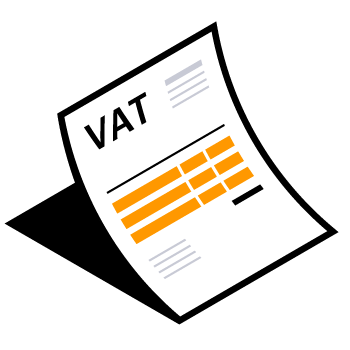
PAN/VAT Registration in Nepal
Table of Contents
- Introduction
- Understanding PAN and VAT
- Benefits of PAN/VAT Registration
- Eligibility Criteria
- Required Documents
- PAN Registration Process
6.1 Online Application
6.2 Document Submission
6.3 Verification and Issuance - VAT Registration Process
7.1 Online Application
7.2 Document Submission
7.3 Verification and Issuance - Post-Registration Requirements
8.1 Compliance and Reporting
8.2 Filing Returns - Conclusion
- Frequently Asked Questions
1. Introduction
Registering for a Permanent Account Number (PAN) and Value Added Tax (VAT) in Nepal is essential for businesses to comply with tax regulations and conduct legal operations.
2. Understanding PAN and VAT
- PAN: A unique identification number issued to all taxpayers in Nepal.
- VAT: A tax on the value added to goods and services at each stage of production or distribution.
3. Benefits of PAN/VAT Registration
- Legal recognition and compliance.
- Eligibility to claim tax credits.
- Facilitates business transactions and improves credibility.
- Necessary for participation in government tenders and contracts.
4. Eligibility Criteria
- PAN: Mandatory for all individuals, companies, and entities conducting business or earning income in Nepal.
- VAT: Required for businesses with an annual turnover exceeding NPR 2 million.
5. Required Documents
For PAN Registration:
- Application form
- Business registration certificate
- Citizenship certificate (for individuals)
- Company registration certificate (for companies)
- Address proof
For VAT Registration:
- PAN registration certificate
- Business registration certificate
- VAT application form
- Address proof
- Recent passport-sized photographs of the proprietor or directors
6. PAN Registration Process
6.1 Online Application
- Visit the official website of the Inland Revenue Department (IRD) of Nepal: IRD Nepal.
- Navigate to the PAN registration section.
- Fill out the online application form with accurate details.
6.2 Document Submission
- Upload the required documents.
- Ensure all documents are clear and legible.
6.3 Verification and Issuance
- The IRD will verify the application and documents.
- Once verified, the PAN certificate will be issued and can be downloaded from the IRD website.

7. VAT Registration Process
7.1 Online Application
- Visit the IRD Nepal website and log in using your PAN details.
- Navigate to the VAT registration section.
- Fill out the VAT application form with the required details.
7.2 Document Submission
- Upload the necessary documents as specified.
- Ensure all documents are correctly scanned and uploaded.
7.3 Verification and Issuance
- The IRD will review the application and documents.
- Upon successful verification, the VAT certificate will be issued and made available for download.
8. Post-Registration Requirements
8.1 Compliance and Reporting
- Maintain proper financial records and books of accounts.
- Ensure timely compliance with tax regulations.
8.2 Filing Returns
- File periodic VAT returns (usually monthly or quarterly) as required by the IRD.
- Pay any taxes due within the stipulated deadlines to avoid penalties.
9. Conclusion
Registering for PAN and VAT in Nepal is a straightforward process that ensures your business complies with local tax laws. Proper registration and compliance enhance your business’s credibility and facilitate smooth operations.
10. Frequently Asked Questions
- How long does it take to get a PAN certificate?
- Typically, it takes a few hours to a day after submitting all required documents.
- Is VAT registration mandatory for small businesses?
- VAT registration is mandatory for businesses with an annual turnover exceeding NPR 2, 3, and 5 million(Service 2M, Service+Product 3M, Product 5M). Small businesses below this threshold are not required to register for VAT but may choose to do so voluntarily.
- Can I apply for PAN and VAT registration simultaneously?
- Yes, you can apply for both PAN and VAT registration simultaneously if you meet the eligibility criteria for both.
- What happens if I fail to file my VAT returns on time?
- Failing to file VAT returns on time can result in penalties and interest on the unpaid tax amount. It’s crucial to adhere to the filing deadlines set by the IRD.
